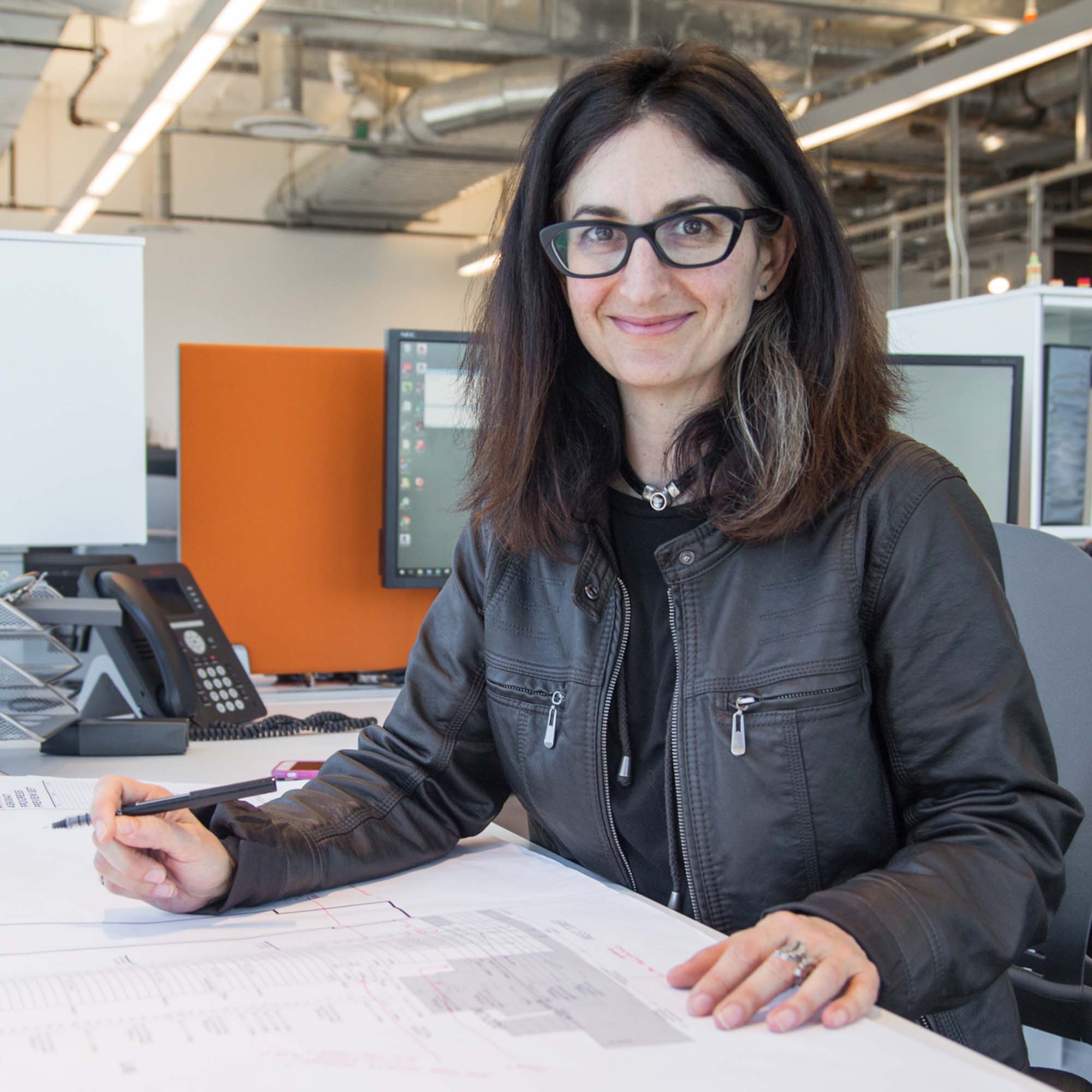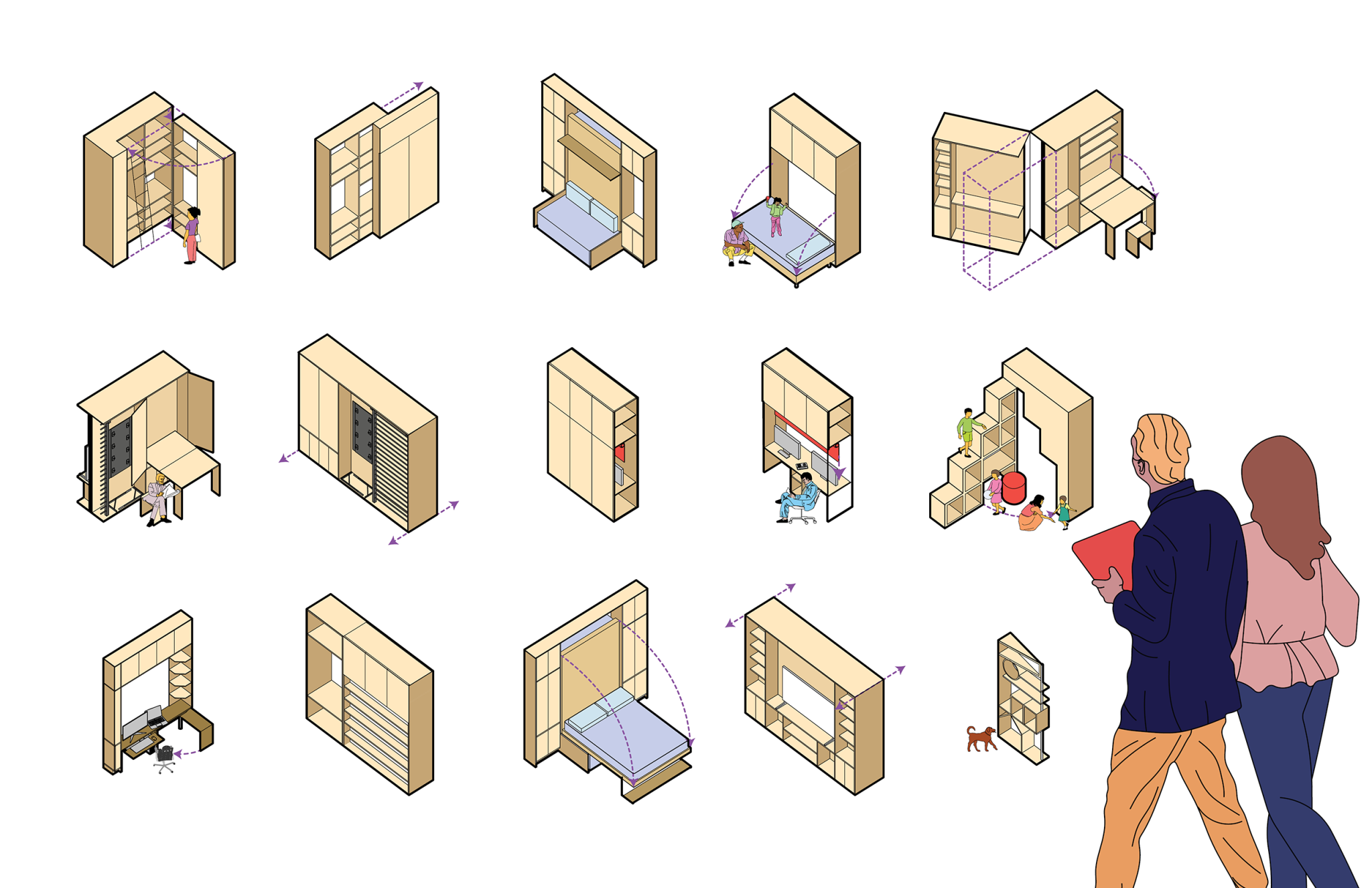← Archive home
Michelle Xuereb:
Michelle Xuereb, Architect and Director of Innovation at BDP Quadrangle, discusses the importance of innovation, research and development in the construction industry.

Why is it so important for design practices to invest in research and develop new ideas?
We are living through a time of unprecedented change which is simultaneously taking place technologically, socially, and environmentally. The complexity of this change can only be addressed through ongoing research and collaboration across disciplines, sectors, government, academia and industry. The technological changes will lead to an entirely new way of making buildings and cities, so we must challenge the assumptions about how we design and build through a process of continuous innovation and the adoption of new technologies. Paradoxically, in parallel to this, we need to continue to put people at the centre of all that we do, creating socially minded places that support human interaction and community.
What R&D related achievement are you most proud of?
How can new, creative design ideas help to tackle some of the world’s most pressing challenges?
How has the pandemic and the need for rapid change impacted on idea generation and speed of production?
Envision architecture and design in 10 years. Where do you want it to be? What are the steps we need to take now in order to get there?
Ten years from now we will be working in a truly integrated way with clients, consultants, contractors, material suppliers, manufacturers, academia, government, social equity groups and medical professionals. We will use large research data sets to help us understand community needs, health outcomes, changing demographics, material supplies and the social conditions of a place and to simulate likely future conditions. We will use AI to generate and analyse thousands of design solutions in hours rather than weeks, freeing up our time to collaborate on the more challenging aspects of design, including material supply shortages, climate responsive design and the ongoing migration of people. We will use immersive technologies to explore and communicate design strategies and seamless technology to go from virtual model to manufacture and construction. Our cities will be conceived as living interconnected organisms with closed loop cycles, the waste from one becoming food for the other, and all with social justice at their heart.
The steps we need to take now to get us there include building a systematic process for innovation. We must continuously optimise our processes, automate repetitive tasks, collect and organise our data in a usable way while pursuing deeper research that will lead to more transformative innovation. All the while, we must keep people at the heart of what we do – helping transform their skills for a low carbon, increasingly technological future, partnering with our clients on strategies to transform their businesses while building robust relationships with those who share the same values.
Are there any areas of innovation or design development that receive more traction or interest with clients/developers?
There is definitely a growing interest in net zero building design and what it will take to get there as well as a growing interest in the social side of ESG; environmental, social, and governance, and what that means to building design.
How can we make sure ideas work for society as much as they do for business?
At COP 26 last year, it was announced that every company above a certain size will be required to incorporate mandatory audited climate disclose into their financial statements. If the carbon impact of financial investments and transactions is measured in terms of carbon, this could finally compel companies to prioritise low carbon as part of their governance.
Once the system for sustainability accounting is underway, the social side will be the next area of focus. As ESG reporting becomes more robust, businesses will suffer if they do not consider the social repercussion of their decision-making. Setting targets, benchmarking progress, public disclosure and accountability is the only way to measure the societal consequences. As designers, measuring the impact of our design choices through post-occupancy evaluation is critical to ensure our ideas are successfully supporting a progressive society; technologically, socially, and environmentally.



